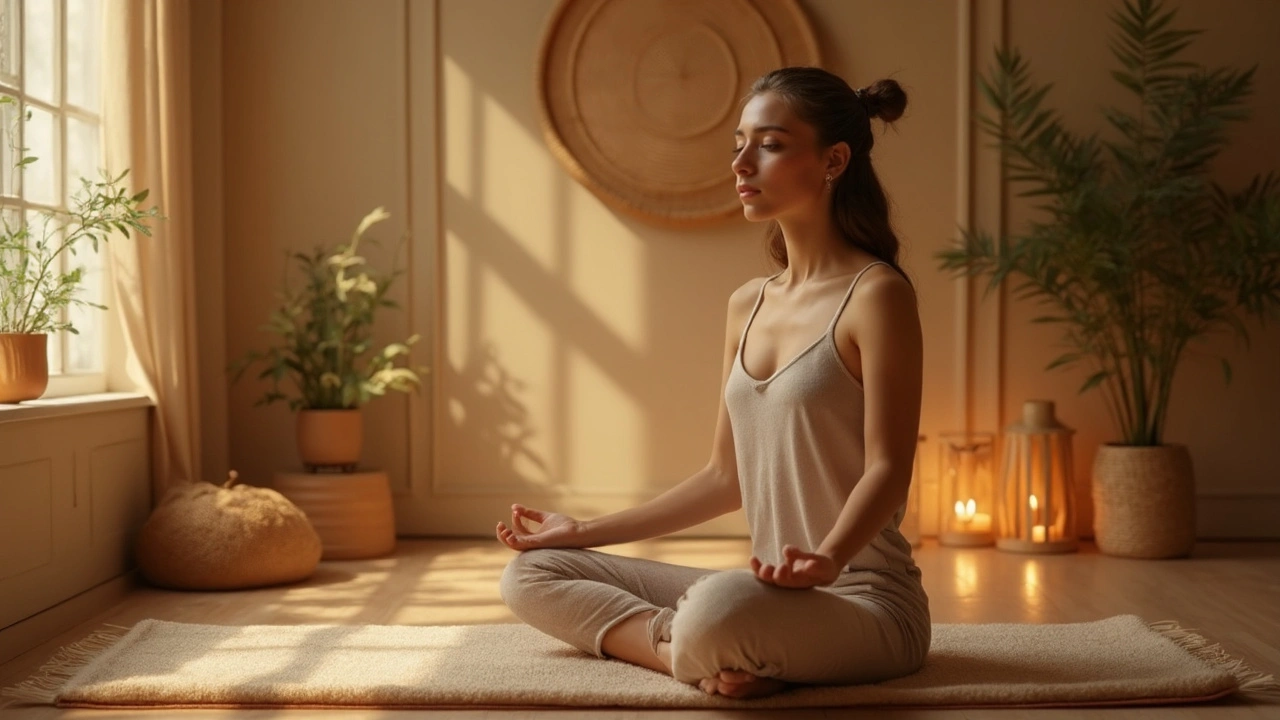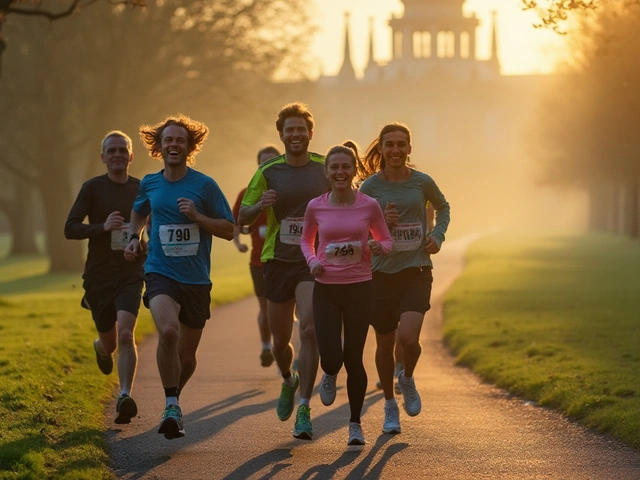Traditional Massage: Classic Hands-On Techniques You Can Use Today
Traditional massage covers hands-on methods people have used for decades to ease pain, improve movement, and calm the nervous system. Think Swedish strokes, targeted deep pressure, and rhythmic kneading. On this tag page you’ll find clear, practical advice about those classic methods—and how they apply to both people and dogs.
What traditional massage actually does
At its core, traditional massage increases blood flow, eases tight muscles, and helps the body relax. For dogs, that can mean less stiffness after exercise, fewer sore spots, and a calmer mood. For people, expect reduced muscle tension, better circulation, and often quicker recovery after harder workouts. Traditional approaches also teach simple body reading: a good therapist watches how tissues respond, then adjusts pressure and tempo.
Different styles focus on different results. Swedish massage uses long gliding strokes and light kneading to relax and warm tissue. Deep tissue and neuromuscular work target stubborn knots and trigger points with firmer pressure. Ayurvedic and Esalen-style approaches mix rhythm and energy work to support overall balance. Knowing the purpose behind each style helps you pick the right technique for the job.
Quick, practical tips for safe, effective sessions
Check readiness first. With dogs, watch body language: loose tail, soft eyes, and leaning into your hand are good signs. If a dog pulls away, growls, or shows stiffening, stop and reassess. With people, ask about recent injuries, surgeries, or areas of sharp pain before you begin.
Start gently. Begin with light strokes across the back, shoulders, and base of the tail (for dogs). Spend at least a minute warming each area before applying deeper pressure. For human clients, use the same rule: warm tissue first, then move to firmer work.
Use thumbs and palms, not fingernails. Thumbs are great for controlled pressure on knots; palms distribute force for long relaxing strokes. Keep your hands relaxed and use your body weight, not just arm strength, to avoid tiring quickly.
Keep sessions short at first. For dogs, five to ten minutes is often enough for a single area. For humans, a 15–30 minute focused session works well when starting out. Slow, steady work beats fast, rough rubbing every time.
When to see a pro: If pain is sharp, persistent, or tied to injury, seek a trained therapist or vet. Professional muscle work and medical checks catch issues you can’t treat safely at home.
If you want straightforward how-tos, browse posts on this tag for step-by-step routines and real tips you can try right away. Traditional massage isn’t a mystery—use it wisely, pay attention to signals from the body, and you’ll get better results for both your dog and yourself.

Laos Massage: Stress Relief with a Fresh Touch
This article explores what makes Laos massage different from other styles, uncovering how it approaches stress relief in a unique way. Readers will learn what happens during a Laos massage, why its gentle techniques work for both body and mind, and why it’s getting so popular outside of Southeast Asia. Plus, get insider tips on picking a therapist and making the most of each session. Practical facts and real-world advice give you what you need to know before trying this relaxing practice yourself.

Gut Health and Its Impact on Your Metabolism
Nov, 20 2024

Effective Techniques to Reduce Daily Stress
Oct, 18 2024


